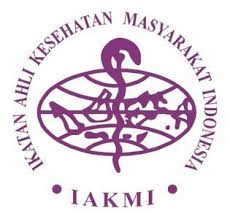Status Akreditasi Puskesmas dengan Tingkat Kepuasan Pasien
Abstract
ABSTRACT
The number of public health center in Semarang City is accredited as of February 2018, namely 31 health centers. Moreover, it was unknown about the description of patient satisfaction level, both before and after being accredited. The purpose of this study was to determine the relationship between the accreditation status and the satisfaction level of outpatient (case study 5 public health centers in Semarang City).
The type of this research is observational analytic with design cross sectional. The sample was set at 101 respondents using the proportionate simple random sampling technique. The instruments used were structured questionnaires and observation sheets. Data were analyzed using chi-square test and logistic regression test.
The results of this study were accreditation status category non-accredited (p=0,000), basic accredited (p=0,000), middle accredited (p=0,024), main accredited (p=0,217), and plenary accredited as reference. After being controlled by the variables of education, income, employment status, type of financing (r2=42.0%; AUC=82.7%) only accreditation status with non-accredited and basic accredited category is related to patient satisfaction.
The conclusion, accreditation status of public health center (non-accredited, basic accredited, and middle accredited category) is related to the level of patient satisfaction.
Keywords: Accreditation Status, Patient Satisfaction, Public Health Center




